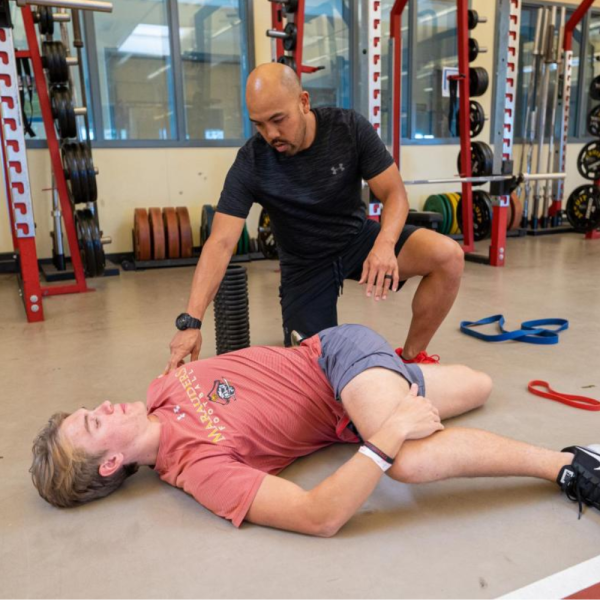With sudden drops in the weather, muscle fibers get cold and fail to prepare for activity, making them more susceptible to damage, according to health.harvard.edu. In fact, stressing protects muscles and boosts serotonin levels which benefits the body and the brain, according to research.colostate.edu.
Stretching helps the body recover from strenuous activity. When an individual pulls or strains a muscle, other muscles work harder to compensate, causing a ripple effect. Stretching and warming up the muscles, especially in colder temperatures, can reduce the risk of injury and have benefits overall. Professional athletes spend hours stretching to help their bodies heal and recover, according to health.harvard.edu.
Dr. Howard E. LeWine, MD, highlighted that warming up muscle fibers is essential before performing athletic activity. He explained that warm muscle fibers increase blood flow, ultimately preparing the body for intense exercise, according to health.harvard.edu.

“When everything is cold, the fibers aren’t prepared and may be damaged,” Dr. LeWine said. “If you exercise first, you’ll get blood flow to the area, and that makes the tissue more pliable and amenable to change. All it takes to warm up the muscles before stretching is five to 10 minutes of light activity, such as a quick walk.”
Mr. Daniel Segui, Assistant Athletic Trainer, suggests that athletes stretch daily to improve athletic performance. He stressed the need to spend adequate time stretching.
“While I understand that it is not always easy to find the time, stretching needs to become part of our daily routine, like brushing our teeth or making our bed,” Mr. Segui said. “Stretching is not just a warm-up. It helps to keep your joints mobile, keeps bodies young, and assists with that 100 percent feeling for future physical activity. Also, understand that there is a huge difference between the dynamic stretching you do before practices and games vs. the static stretching after. Lastly, doing only one stretch of each muscle and counting to 10 is not enough. This is something I have seen often in middle and upper school levels. Duration is everything while stretching. The longer you hold a stretch, generally the better.”

Every day small stressors can cause muscles to tense up, leading to discomfort and chronic pain. Beginning stretching movements reduces muscle tension, which reverses the cycle of tension, tightening, and pain. Stretching boosts serotonin levels by releasing muscle tension, according to research.colostate.edu. Mr. Segui emphasized that stretching can reduce injury rates.
“Performing at less than 100 percent always increases your risk of injury,” Mr. Segui said. “Our body mechanics start to over-compensate, which could cause muscle imbalances or injury. Recovery is essential as you begin to compete at higher levels. You hear about people like Lebron James or Tom Brady investing significant amounts of energy, time, and money into different recovery methods that work for them. Everyone is different, but I believe stretching is one method that benefits most athletes. There are other methods such as sleep, nutrition, soft tissue mobilization, and modalities that assist with recovery, but stretching is a major component of recovery.”
Featured Image by Addie Callaway ’27




